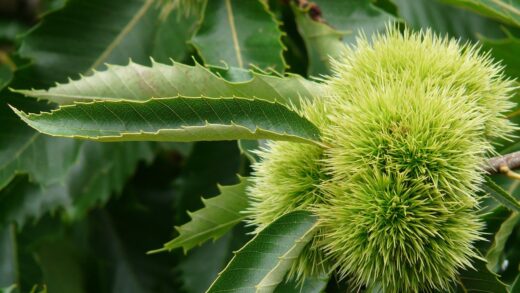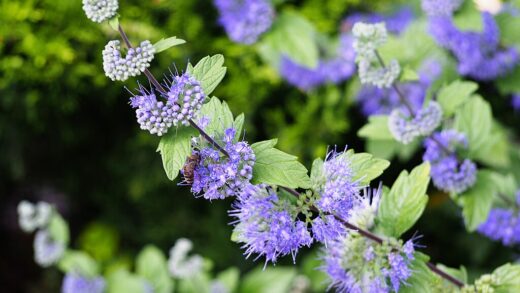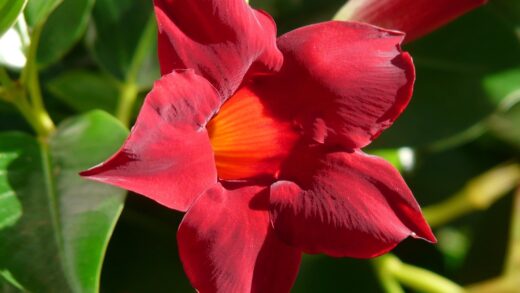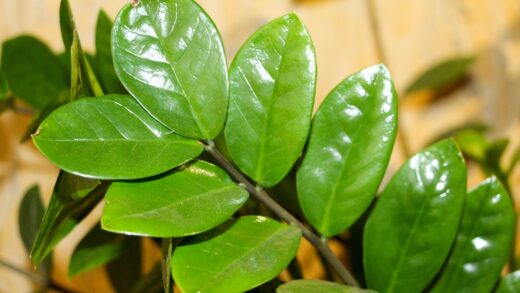Successfully guiding the Banat peony through the winter months is a crucial aspect of its annual care cycle, ensuring its survival and setting the stage for a vigorous return in the spring. This subspecies, native to the continental climate of the Pannonian Basin, is well-adapted to cold winters and requires a period of dormancy to trigger proper budding and flowering. The gardener’s role is not to prevent this cold exposure but to mitigate the potential damage from harsh winter conditions, such as temperature fluctuations, excess moisture, and physical damage. Proper winter preparation is a simple yet vital process that protects the plant’s dormant crown and roots, safeguarding your investment for the seasons to come.
The wintering process begins not with the first frost, but with the care provided throughout the late summer and autumn. A plant that enters the dormant period in a healthy and vigorous state is far better equipped to handle the stresses of winter. This means ensuring the plant was not stressed by drought or disease during the growing season and, most importantly, allowing the foliage to remain on the plant until it has completely died back naturally. The energy produced by the leaves in late summer is transported down to the tuberous roots for storage, providing the fuel needed for survival and for the initial growth spurt in the spring. Prematurely removing the foliage is one of the most detrimental things you can do for the plant’s long-term health.
The importance of autumn cleanup
The single most important task in preparing the Banat peony for winter is the autumn cleanup. Once the foliage has been killed by a few hard frosts and has turned brown or black, it must be cut down to the ground level, leaving stubs of only about 5-7 centimeters. All of the cut foliage, along with any fallen leaves or other debris around the base of the plant, must be completely removed from the garden. Do not be tempted to leave this organic matter in place as a natural mulch or to add it to your compost pile, especially if the plant has shown any signs of fungal disease during the season.
This sanitation practice is critical for disease prevention. The dead foliage and stems are the primary overwintering sites for the fungal spores that cause botrytis blight, the most significant disease affecting peonies. By removing this material, you drastically reduce the amount of fungal inoculum present in the garden, significantly decreasing the likelihood of a severe outbreak the following spring. This simple act of hygiene is more effective than any chemical fungicide and is the cornerstone of a healthy, long-lived peony planting.
The timing of this cleanup is also important. You should wait until the foliage has completely senesced, as cutting it while it is still green or yellow deprives the plant of its final opportunity to store energy. However, do not wait so long that the dead foliage begins to decompose and mat down over the crown, as this can trap moisture and promote rot. The ideal time is typically in late autumn, after several killing frosts have ensured the plant is fully dormant and the foliage has served its purpose for the year.
More articles on this topic
After cutting back the foliage and clearing the area, the soil surface is exposed. This is a good opportunity to do a final weeding around the plant’s crown to ensure it is not competing with overwintering weeds for space and resources in the spring. A clean and tidy peony bed not only looks better but also creates a less hospitable environment for pests and diseases, providing a clean slate for the plant to emerge into when the weather warms. This meticulous cleanup is a non-negotiable step for any serious peony grower.
To mulch or not to mulch
The question of whether to apply a winter mulch to peonies can be a point of debate, but for the Banat peony, a properly applied mulch offers significant benefits, especially for young plants or in very cold climates. The primary purpose of a winter mulch is not to keep the plant warm, but rather to keep the soil at a consistent, frozen temperature. The most significant danger to a dormant peony is not the cold itself, but the repeated freezing and thawing of the soil that can occur during winter warm spells followed by deep freezes. This action can heave the shallowly planted crown and roots out of the ground, exposing them to desiccating winds and fatal cold.
The ideal material for a winter mulch is something light, airy, and non-matting. Chopped leaves, straw, pine needles, or evergreen boughs are all excellent choices. These materials will insulate the soil from the sun’s rays on a warm winter day, preventing it from thawing, while also trapping a layer of air that provides some protection during sudden temperature drops. Avoid using heavy materials like wet compost, dense wood chips, or whole leaves, as these can become waterlogged, compact over the crown, and promote rot during the winter months. The layer of mulch should be applied to a depth of about 10-15 centimeters.
The timing of mulch application is absolutely critical. You must wait until after the ground has frozen solid before applying the mulch layer. This usually occurs in late autumn or early winter, depending on your climate zone. If you apply the mulch too early, while the soil is still warm, you will trap that warmth and moisture, which can delay the plant’s dormancy, encourage fungal growth, and create an inviting winter home for voles and mice, which may then feed on the peony’s dormant roots. Patience is key; wait for a consistent period of freezing temperatures before covering your plants.
More articles on this topic
Equally important is the timely removal of the mulch in the spring. As the snow melts and the danger of prolonged hard frosts has passed, you should begin to gradually rake the mulch away from the peony’s crown. This allows the sun to reach and warm the soil, signaling the plant to break dormancy. If you see the first reddish shoots beginning to poke through the ground, it is definitely time to remove the remaining mulch. Leaving it in place for too long can smother this delicate new growth and delay the plant’s emergence, so be observant as spring approaches.
Special considerations for container-grown peonies
Wintering a Banat peony that is grown in a container requires a different strategy than for plants in the garden bed. The roots of a containerized plant are far more exposed to the ambient air temperature and are not insulated by the large thermal mass of the earth. As a result, the soil in a pot can freeze solid much more quickly and to a colder temperature than garden soil, which can be fatal to the peony’s roots. Therefore, leaving a potted peony exposed on a patio or balcony in a cold climate is not a viable option.
The best method for overwintering a potted peony is to move it to a sheltered location once it has gone dormant. An unheated garage, a cold cellar, a garden shed, or a protected, enclosed porch are all excellent options. The goal is to find a location that stays consistently cold enough to keep the plant dormant (ideally below 5°C) but does not experience the deep, prolonged freezes of the outdoors. This protects the roots from freezing solid while still providing the necessary winter chill for bud formation.
During its winter storage, the potted peony will require very minimal watering. The soil should not be allowed to become bone dry, as this can desiccate and kill the roots. However, it should also not be kept wet, which will certainly lead to rot in the cold, dormant conditions. Check the soil moisture once every four to six weeks. If it is completely dry, provide just enough water to lightly moisten the soil. A small amount of water once a month is usually sufficient to keep the roots alive without creating overly wet conditions.
In the spring, once the threat of hard freezes has passed, you can begin to move the pot back outdoors. It is best to do this gradually, a process known as hardening off. Start by placing the pot in a shady, protected location for a few hours a day, gradually increasing its exposure to direct sunlight and outdoor conditions over the course of a week or two. This gradual reintroduction prevents the tender new shoots from being scorched by the sun or damaged by late frosts, ensuring a smooth transition back into the growing season.


















